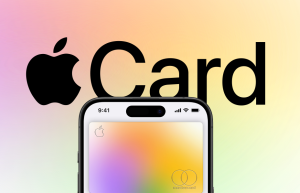Forget about using special glasses to watch 3-D flat screen television in your living room; MIT Media Lab wants to bring holographs into your home instead.
Remember the late Tupac's appearance at the music festival Coachella last year? The audience was able to view the rapper performing with Snoop Dogg no matter what angle they were standing, no flat surface or 3-D glasses required.
The engineers of the Object-Based Media Group at the MIT Media Lab, led by V. Michael Bove Jr. and his graduate student Dan Smalley, are working on technology to give you the same experience in the comfort of your home. The researchers want to make true holographic videos at an affordable price.
According to researchers, a Hologram relies on this kind on the physics of light where one laser is shined on the object while another laser bypasses the object completely. The two meet on a piece of holographic film and interfere with one another. When another laser shines on the holographic film, it translates the interference pattern back into a 3-D image.
"Instead of just two views of the same object, you can have something like two hundred views," Nasser Peyghambarian, a professor of optical sciences at the University of Arizona, explained to ABC News. "When you look around the display, the depth will look continuous."
Researchers said there are a few components that a TV would need to project a hologram.
"Any electronic holographic display needs a chip that can make a whole lot of tiny pixels," Boye said.
Bove's lab is working on a chip to make holograms possible.
"We've got 50 gigapixels per second," Bove said. "If you're watching an HDTV at 1080p resolution, that's about 100 megapixels per second. It's like 500 HDTVs all on one little chip."
A higher-resolution display would make it easier to view the hologram, but would cost you extra. However, Bove told ABC News that the chip his team created is faster at transmitting information, and also costs much less.
"It only costs tens of dollars for the chip itself," Boye said. "A lot more people can get their hands on it."
Though researchers are closer to perfecting the technology, it may still be several years before we see holographic TVs on store shelves.
Warning: Contains expletive language.
© 2026 HNGN, All rights reserved. Do not reproduce without permission.








